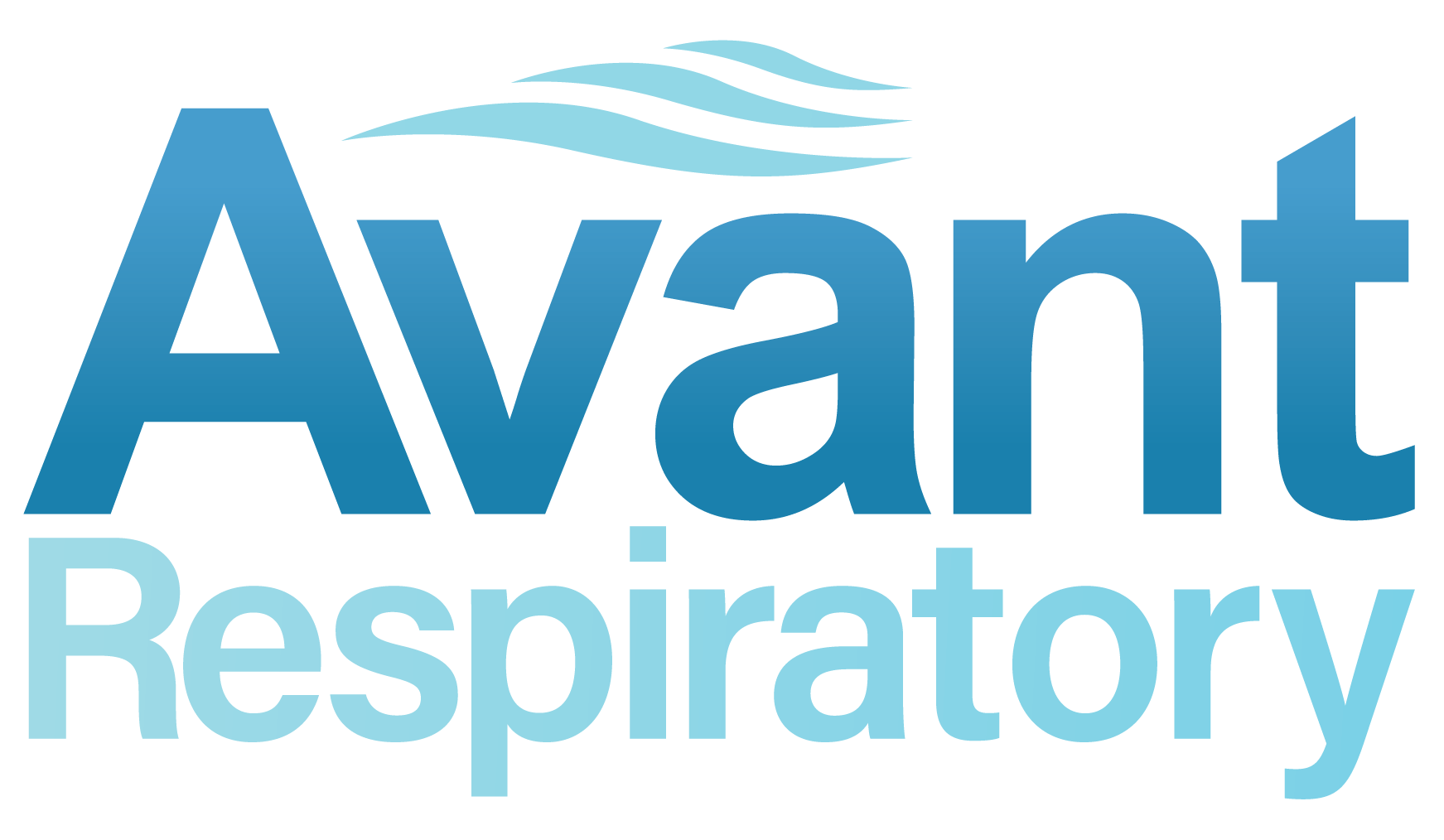Sleep apnea is a disorder that affects a person’s breathing during sleep. It is characterized by episodes of interrupted breathing or shallow breaths that result in decreased oxygen levels in the body. These episodes can last from a few seconds to a few minutes and can occur multiple times throughout the night.
Main types of sleep apnea
There are two main types of sleep apnea: obstructive sleep apnea (OSA) and central sleep apnea (CSA). OSA is the more common type and occurs when the muscles in the back of the throat fail to keep the airway open during sleep. CSA, on the other hand, is caused by a malfunction in the brain’s respiratory control center, which fails to send proper signals to the muscles that control breathing.
Symptoms of sleep apnea include loud snoring, gasping or choking during sleep, morning headaches, excessive daytime sleepiness, and difficulty concentrating. Left untreated, sleep apnea can lead to serious health problems such as high blood pressure, heart disease, stroke, and diabetes.
Continuous positive airway pressure (CPAP) therapy is the gold standard for treatment in moderate to severe sleep apnea. This involves wearing a mask that delivers a continuous stream of air pressure to keep the airway open during sleep.
Additional treatment for sleep apnea may include lifestyle changes such as weight loss and exercise, avoiding alcohol and sedatives before bed, and sleeping on one’s side.
If you suspect you have sleep apnea, it is important to seek medical attention from a qualified healthcare provider. They can diagnose the condition through a sleep study and recommend an appropriate treatment plan to help you achieve better sleep and overall health.

